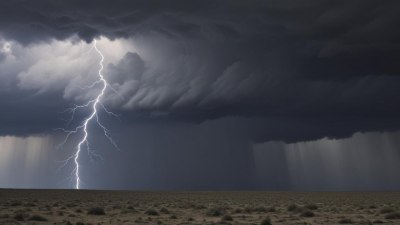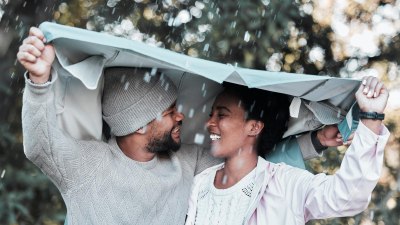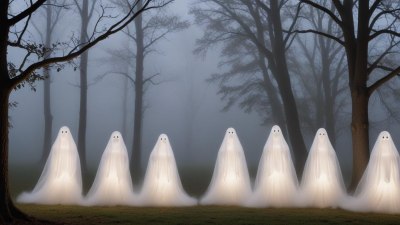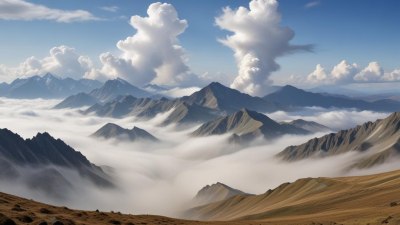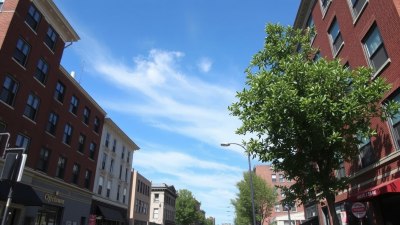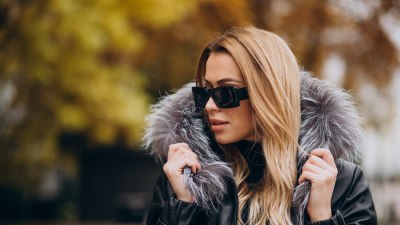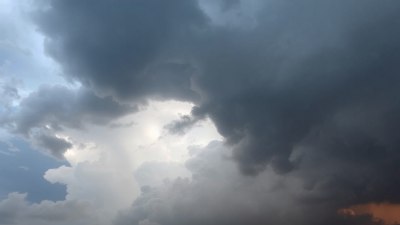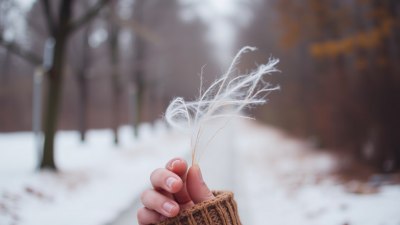What Causes Snow to Sparkle Under Moonlight The Frozen Secret
Discover the science behind the sparkling beauty of snow under moonlight and its magical appearance.
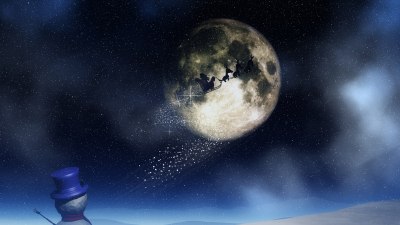
Image by kjpargeter on Freepik
Snow has a unique and enchanting quality that captivates many, especially when it sparkles under the glow of the moonlight. This phenomenon, often seen on cold, clear nights, invites curiosity regarding its underlying cause. Understanding why this occurs involves exploring the science of light reflection and the structure of snowflakes. In this article, we will delve into the intricate processes that contribute to the sparkling effects of snow under moonlight, revealing the frozen secrets of winter.
The Composition of Snow
Before we can explore how snow sparkles, it's essential to understand what snow is made of. Snow is composed of numerous tiny ice crystals that cluster together to form snowflakes. Each snowflake has a unique structure, shaped by various environmental factors such as temperature and humidity. These hexagonal crystals reflect and refract light in diverse ways, creating the dazzling visual effects we notice. When freshly fallen, snow is often light and fluffy, creating an ideal landscape for light interaction.
How Moonlight Interacts with Snow
The key to the sparkling effect lies in how moonlight interacts with the snow's surface. Moonlight, although quite faint compared to sunlight, is a reflection of the sun’s rays. It contains a spectrum of colors, including blues and whites, which can be exceptionally reflected by the ice crystals in the snow. When moonlight hits the snow, it doesn't simply reflect straight back; it scatters, bends, and refracts through the ice crystals. This scattering effect enhances the appearance of sparkle.
The Role of Ice Crystals
The unique properties of ice crystals play a vital role in the scene we experience. Each snowflake, being a solid structure composed of frozen water, has a significant refractive index that affects how light behaves as it hits these crystals. As the moonlight strikes the snowflakes, they act like tiny prisms, bending the light and causing it to spread out into various colors. This process not only creates the sparkling effect but also adds a magical aura to the landscape.
Factors Influencing Sparkle
Several factors can influence the degree of sparkle seen on snow-covered landscapes at night. Let's explore these elements:
1. Snow Texture
The texture of the snow plays a critical role in how it reflects light. New, powdery snow tends to be lighter and fluffier, creating more surface area for light to reflect. In contrast, compacted or icy snow can have a more subdued sparkle due to reduced reflection.
2. Humidity Levels
Humidity can affect the size of the snowflakes and their individual reflective qualities. In drier conditions, snow tends to be lighter and can form larger crystals, while moist air can lead to smaller, denser snowflakes. The ideal sparkling snow is typically light and dry.
3. Temperature
The temperature at which snow falls can also influence its crystal structure. Cold temperatures tend to produce fine, delicate crystals that create a brilliant sparkle when they catch the moonlight, while warmer temperatures can lead to heavier, more aggregated snow forms.
4. Moon Phases
The phase of the moon is essential to consider. A full moon provides the brightest natural light, resulting in a more pronounced sparkling effect on the snow. Conversely, a crescent moon may cast softer, more diffused light, leading to subtler sparkles.
The Science Behind Sparkling Snow
Examining the physics behind this shimmering spectacle reveals more about the light interactions with snowflakes. When light waves hit an ice crystal, they can reflect at different angles due to the crystal's unique shape. This reflection varies based on the orientation of the snowflake when it lands on the ground. Consequently, a multitude of angles allows for dynamic interactions of light, creating a varied sparkle effect in an even expanse of snow.
Reflection and Refraction Explained
The principles of reflection and refraction are crucial to understanding the sparkle of snow. Reflection occurs when light hits the surface of an object and bounces back, while refraction is when light passes through an object and bends. In the case of snow, light interacts with the layered structure of snowflakes at various angles, resulting in both phenomena occurring simultaneously. As light refracts, it can split into a spectrum of colors, which further enhances the shimmering effect, adding to the visual delight.
The Beauty of Winter Evenings
Experiencing a snowy landscape under the moonlight is a sensory delight. The combination of the cold air, the crunch of snow underfoot, and the visual beauty of sparkling snowflakes creates a magical atmosphere. Photographers and nature lovers often seek out these winter scenes to capture their ethereal beauty. The moonlight creates an ambiance that transports individuals to a tranquil state, turning a simple night walk into a spectacular experience.
In conclusion, the sparkling effect of snow under moonlight is influenced by the unique characteristics of snowflakes, the interaction between light and these ice crystals, and various environmental factors. Understanding this phenomenon reveals the intricate beauty of winter nights, providing insight into the science behind what might appear to be mere winter magic. Next time you find yourself gazing at a snowy landscape graced by the moon, appreciate the delicate dance of light and ice that creates those mesmerizing sparkles. Embrace the cold and enjoy the captivating beauty of the world around you, where even the quietest nights tell a story through twinkling snow.
